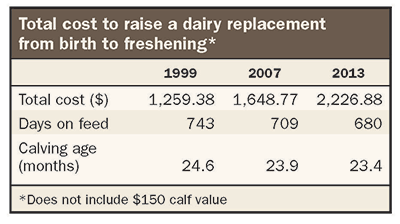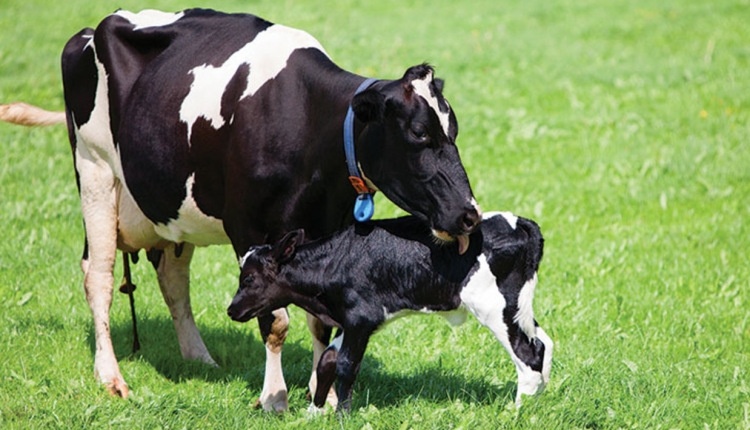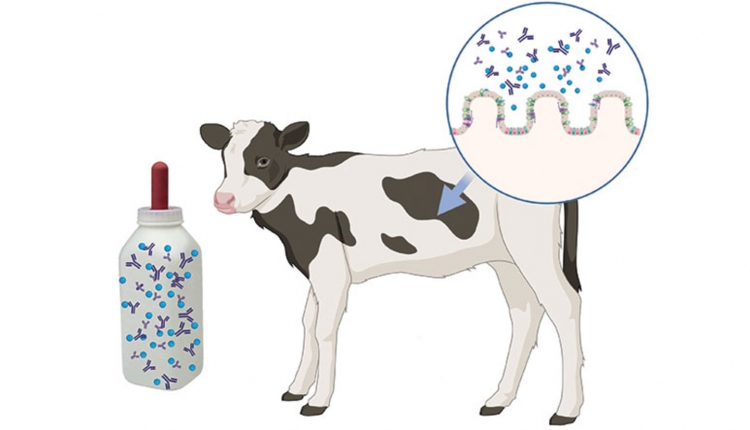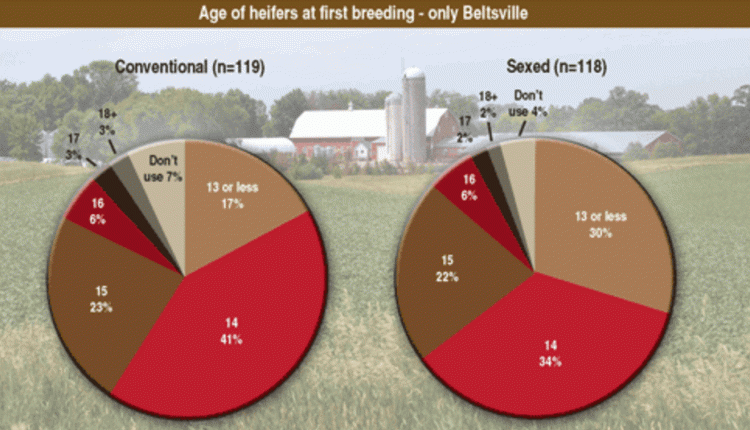
It is no secret that dairy farm operating expenses have risen in recent years. In fact, it is difficult to write any article these days without mentioning high costs and price volatility, especially for feed.
Rising costs for feed, equipment, bedding, labor and more have caused significant shifts in the economics of raising replacement dairy heifers. This, in turn, has forced many dairy farmers to ask tough questions regarding heifer rearing on their farms.
In this third article of a three-part series, we will look back over 14 years and how the costs associated with raising dairy heifers in Wisconsin have changed. The initial study was conducted by UW-Extension in 1999, with updates made in 2007 and 2013.
Calf costs rise modestly
For the purposes of the study, an animal was defined as a calf from birth until she was moved to group housing. The 2013 data showed the average cost for this period (not including the value of the calf) was $363. This was up $37 from 2007 ($326) and $203 from 1999 ($160). The cost per day in 2013 was $5.34. In 2007, the average cost per day was $5.31, and in 1999 it was just $2.68.
In 2013, feed costs surpassed labor as the greatest expense for raising calves. Feed costs per calf averaged $165 in 2013, up from $112 in 2007 and $58 in 1999. Feed costs included calf starter, liquid feed and forages.
Calf starter costs per calf nearly tripled from $23 in 2007 to $63 in 2013. Liquid feed costs rose $8 per calf from $88 in 2007 to $96 in 2013.
As noted in the first article of this series, more growers were using lower cost pasteurized waste milk in 2013 to lessen liquid feed costs. While hay prices per ton soared in 2013, forages generally make up a relatively small proportion of the calf ration. Still, forage costs contributed just over $5 per calf in feed costs in 2013, up from just less than $1 in 2007.
Total labor costs declined from $152 per calf in 2007 to $134 in 2013, in large part due to greater labor efficiency per calf. Labor efficiency, defined as the average number of calves per hour a worker could care for, improved from 7.9 calves per hour in 2007 to 10.1 calves per hour in 2013.
Historically, labor was considered to be the greatest expense of calf rearing. However, labor costs decreased in 2013, despite assigning higher hourly wages for labor and management. Hourly wages of $13 for labor and $22 for management were used in the 2013 study. This was up from $12 per hour for labor and $20 for management in the 2007 analysis. While labor costs improved from 2007 to 2013, both years are a far cry from the first study in 1999 when calf labor costs were a mere $67 per calf.
The third highest category encompassed other variable costs, including bedding, veterinary, death loss and interest. Combined, these costs totaled $41 per calf in 2013, down from $49 in 2007, but greater than the $22 observed in 1999. Comparing 2013 to 2007, death loss and interest were less per calf, but bedding and veterinary costs were higher. The lower death loss cost was most likely a result of a lower calf value of $150 in 2013, compared to $500 per calf in 2007.
Fixed costs for housing and equipment totaled $23 per calf in 2013. While fixed costs are the smallest cost category, it is worth noting that they have nearly doubled compared to 2007 and 1999, when they averaged just $12 per calf.
Feed costs hefty for heifers
For this study, an animal was considered a heifer from the time she was moved to group housing until the time she freshened, or for custom growers the time she was returned to the producer. The average cost for this period was $1,863 in 2013, up from $1,322 in 2007 and $1,099 in 1999. On a cost-per-day basis, this equates to $3.04 in 2013, $2.04 in 2007 and $1.61 in 1999.
As in previous studies, feed was the greatest heifer expense in 2013. Of the $541 jump in total costs per heifer from 2007 to 2013, feed accounted for $362. In the 2013 study, heifers spent 37 fewer days on feed (611 versus 648), so feed cost per day changed more dramatically than the total feed cost ($1.71 versus $1.05 per day). Reduced days on feed is likely due to the combination of heifers being returned from custom growers sooner and a slightly lower age at calving for home-raised heifers. In 1999, the average cost per day was 95 cents, but heifers spent considerably more days on feed (683) than in the more recent studies.
Labor and management was the second highest heifer expense, at $333 per heifer. This was up from $282 per heifer in 2007 and $144 in 1999. Unlike calves, labor efficiency for heifers decreased in the 2013 data. Labor efficiency was 47 heifers per hour in 2013, 50 heifers in 2007 and 54 heifers in 1999.
Other variable costs included bedding, veterinary, breeding, interest, death loss, electricity and fuel. These totaled $274 per heifer in 2013. This grew from $233 in 2007 and $167 in 1999. Of these expenses, bedding, veterinary and death loss rose while breeding, interest, electrical and fuel expense declined. Of all these, bedding changed the most, escalating $43, or 87 percent, from 2007.
Similar to what we observed in calves, fixed costs remained the fourth overall expense category, with equipment and housing costs rising. Fixed costs averaged $210 per heifer in 2013, up from $162 in 2007 and $140 in 1999. Of the fixed cost items, manure storage costs changed little, but housing rose $20, or 15 percent, per heifer ($149 from $129). Most noticeably, equipment costs skyrocketed a whopping 223 percent ($41 from $13).

Total costs up a grand
Overall, the total cost to raise a dairy replacement from birth to freshening was $2,227, not including the value of the calf. This is a steep incline compared to $1,648 in 2007 and $1,260 in 1999. Between 2007 and 2013, the costs to raise a calf rose modestly. The majority of the $1,000 jump from 1999 replacement rearing costs came from the older heifers, of which feed costs contributed the most.
Of course, tremendous variation existed among individual farms participating in the study. This data is intended to give producers and calf and heifer growers an idea of average costs observed on Wisconsin farms and provide expenses. This data should not be used to set costs to raise replacements on your farm or by custom growers. For that, we highly encourage you to calculate your actual inputs.
This is the third in the series. Click below to read the previous articles.
First issue: Calf care takes time and money
Second issue: Feed consumes heifer costs
140410_248









